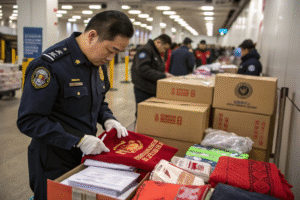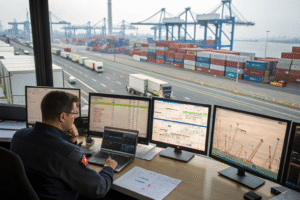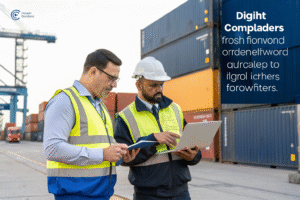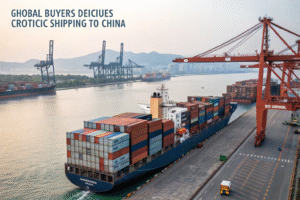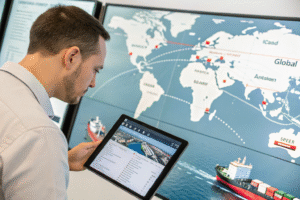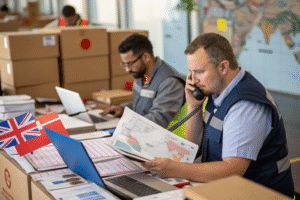Shipping delays are one of the most frustrating issues in global trade. For small business owners like Ron, who imports fashion and accessories from China, a late shipment can disrupt launches, miss retail windows, and strain customer trust. But the truth is—delays are often unavoidable. Ports get congested. Vessels get stuck. Customs takes longer than expected. The key isn’t avoiding delays entirely—it’s knowing how to respond.
To handle shipping delays effectively, businesses need a proactive freight partner, real-time tracking tools, buffer planning, and flexible logistics strategies that minimize disruption and cost.
I’ve worked with dozens of American importers during high-pressure seasons. The ones who succeed aren't just lucky—they prepare, communicate, and act quickly when delays strike. Here's what works.
What Are the Most Common Causes of Delays?
Delays don’t come out of nowhere. In most cases, they can be traced to seasonal demand spikes, document errors, weather issues, or port congestion. Knowing these patterns helps you respond faster.
The most common causes of shipping delays are port congestion, customs clearance issues, weather disruptions, carrier overbooking, and documentation problems.
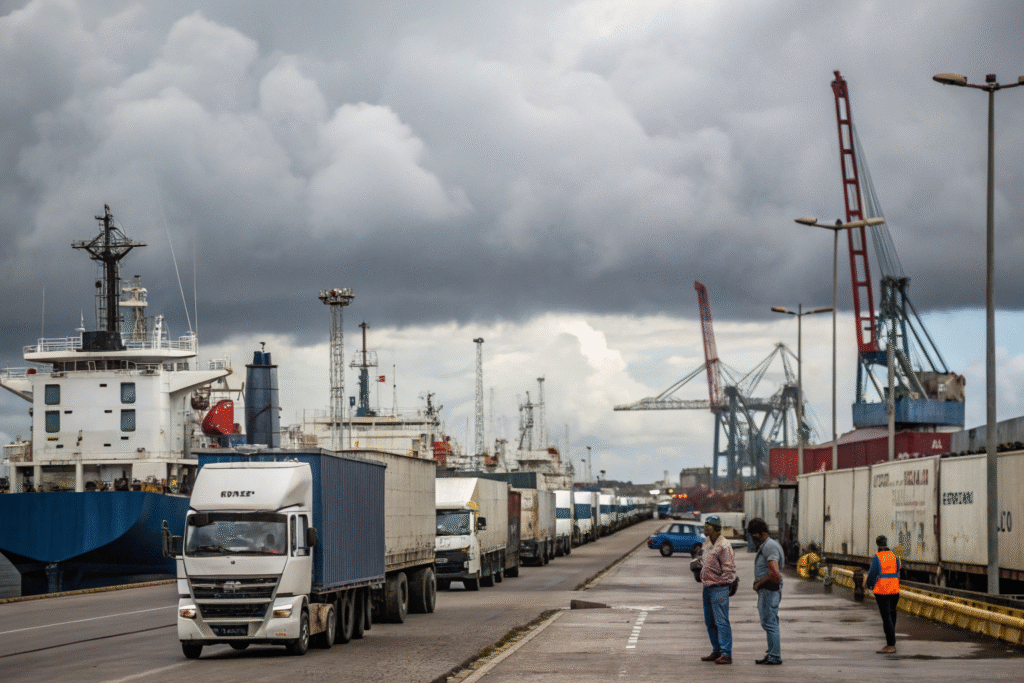
What Causes Port Congestion?
- Holiday peaks (e.g., Q4, Chinese New Year)
- Labor shortages or strikes
- Sudden volume surges (e.g., COVID rebound)
- Inefficient terminal operations
At GeeseCargo, we constantly monitor port flow reports. For example, we advised Ron to ship early in Q4 2024 to avoid known congestion in LA-Long Beach.
How Does Documentation Affect Delays?
Missing commercial invoices, incorrect HS codes, or unapproved export licenses can hold shipments for days. That's why we double-check every file before containers leave China.
How Can Tracking and Transparency Help?
Silence makes delays worse. If you don’t know where your goods are or what’s causing the issue, you can’t plan. That’s why visibility is the first step to managing delays well.
Real-time tracking gives importers control, letting them adjust delivery plans, inform customers, and minimize business disruption.

What Tracking Tools Do We Use?
- Ocean carrier dashboards
- GPS tracking for container trucking
- Port ETA status feeds
- Customs clearance systems
For clients like Ron, we send weekly status reports and flag any disruptions immediately. This lets his team adjust marketing, warehouse prep, and stock notices.
Can Transparency Reduce Client Stress?
Yes. When clients know the “why” behind a delay—and the “when” for the next move—they stay calm. That trust is built with consistent updates, not excuses.
How to Mitigate the Business Impact of Delays?
Delays happen. But their business impact depends on how well you’ve prepared. Forwarders can’t control storms or port strikes, but we can help clients reduce the consequences of those disruptions.
To reduce the impact of shipping delays, importers should build inventory buffers, plan alternative transport options, and keep logistics communication flowing across departments.

Should You Keep Extra Stock?
Yes. For peak seasons or fast-selling SKUs, we advise a 2–4 week buffer stock. Some clients ship early batches by air or split ocean shipments across different vessels.
What If a Shipment is Delayed 2 Weeks?
We help clients like Ron:
- Split inventory onshore for partial delivery
- Notify retail partners early
- Rebook on faster or alternate routes if needed
- File claims if carrier delays violate contracts
How Can an Experienced Forwarder Save You During Delays?
In times of crisis, experience shows. Many forwarders freeze, delay communication, or simply blame the port. That’s not good enough. A skilled forwarder brings solutions, not excuses.
Experienced freight forwarders manage delays by rerouting cargo, leveraging industry contacts, escalating carrier issues, and keeping importers fully informed.

What Can We Do When a Container Is Stuck?
- Request priority unloading from port terminals
- Shift to alternate shipping lines
- Rebook vessel space with backup options
- Expedite customs if documents are ready
We once rerouted Ron’s time-sensitive order via South Korea airlift during a typhoon delay in Shenzhen. The shipment cost 15% more—but saved a $60,000 retail promotion.
Why Do Forwarding Relationships Matter?
When carriers are full or ports are jammed, forwarders with a track record get prioritized. We’ve worked with most major Asia–US carriers for years. That makes a difference when your container needs to move.
Conclusion
Shipping delays are a reality in global trade—but they don’t have to derail your business. With visibility, preparation, and the right freight forwarder by your side, you can handle disruptions with confidence. At GeeseCargo, we’ve helped dozens of clients navigate chaos and deliver on time—even when the world doesn’t cooperate. Let’s plan smarter, react faster, and keep your goods moving.

